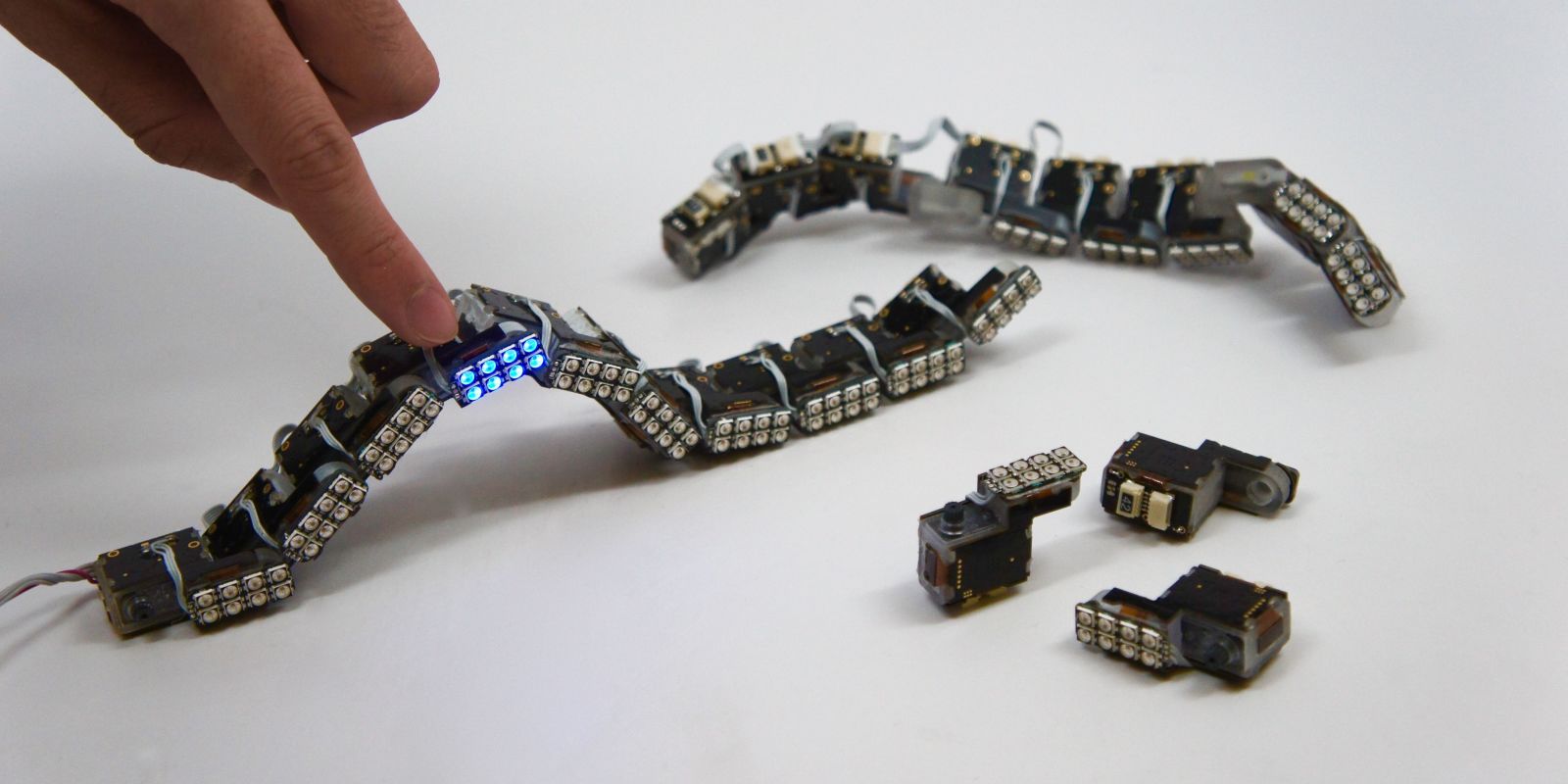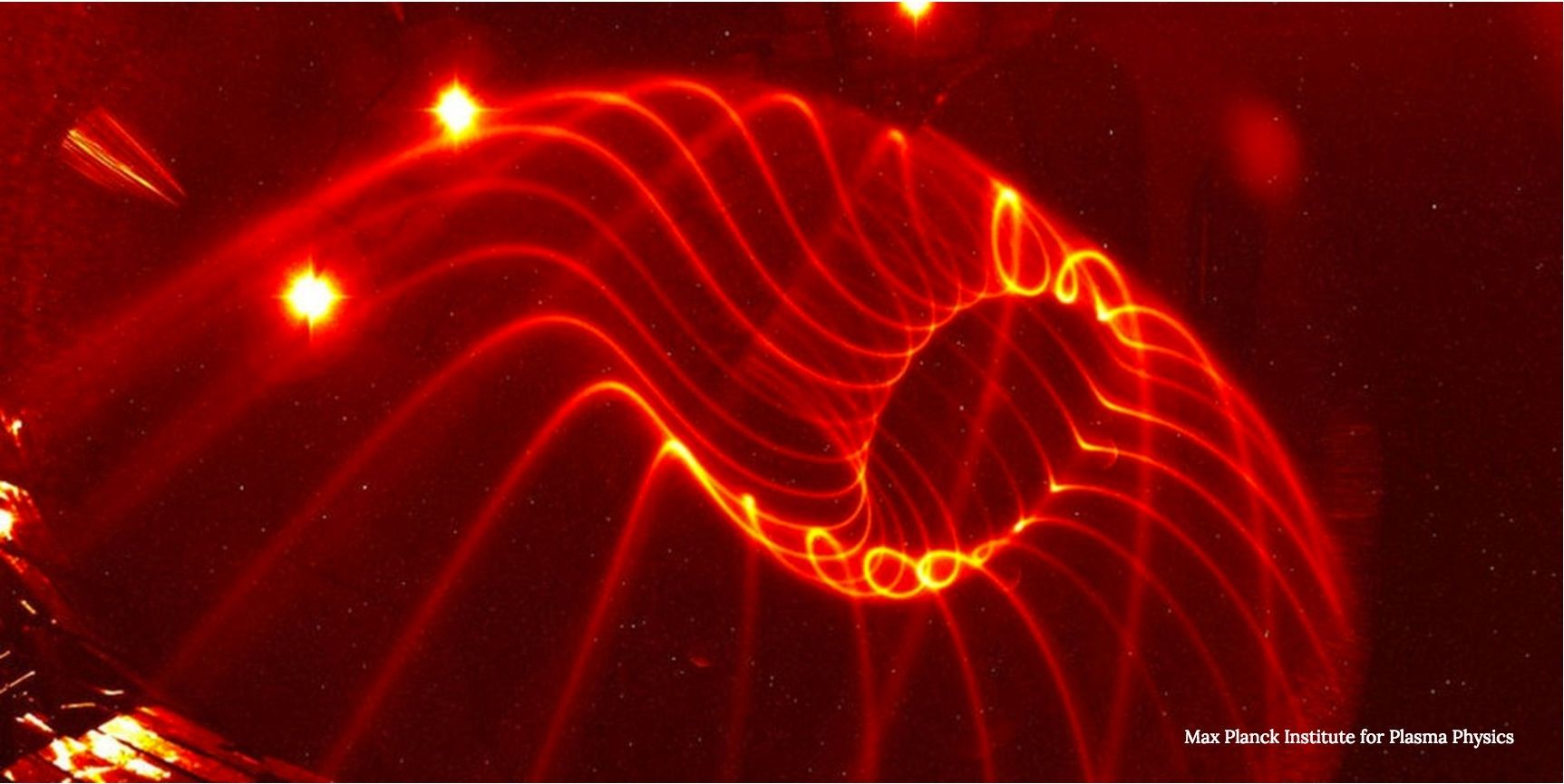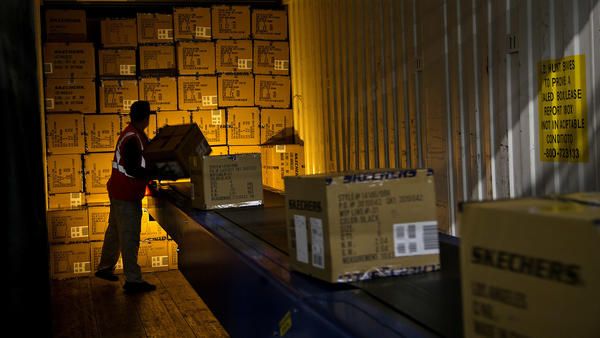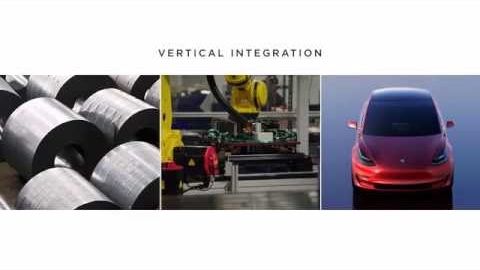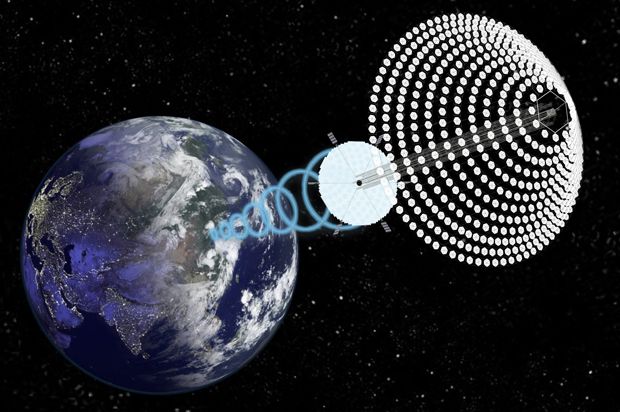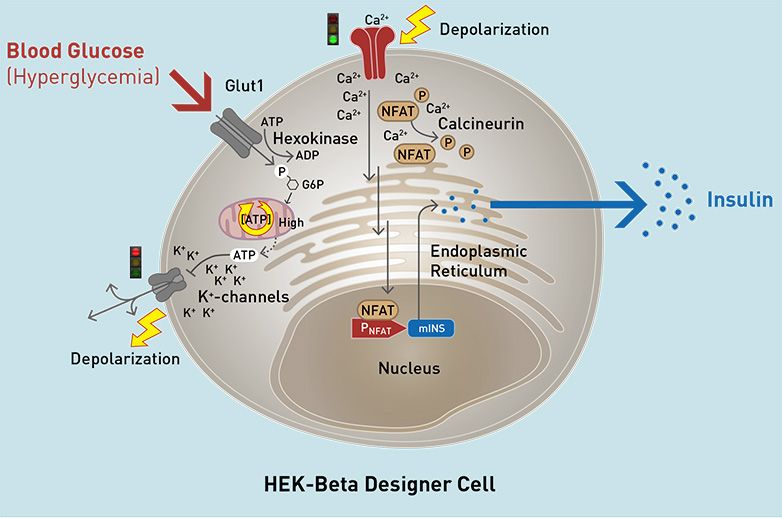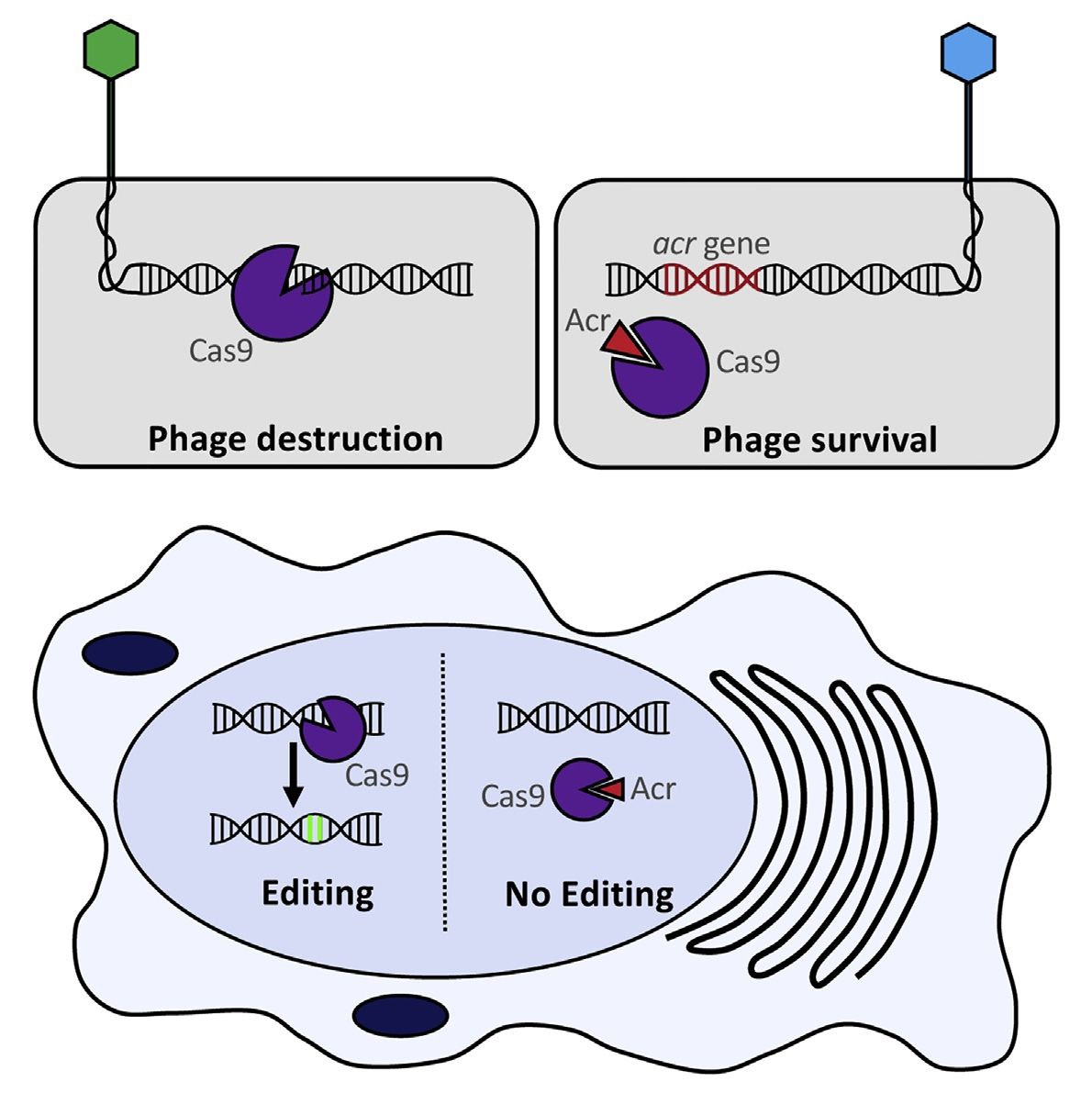Page 11039
Dec 9, 2016
Quantum Telepathy: Why Science Needs Weird Ideas to Advance
Posted by Shane Hinshaw in categories: quantum physics, science
George Musser explains the central role of weirdness in physics, and shatters the dreams of those who hope humans can one day tap into psychic powers.
Dec 9, 2016
Ginkgo Bioworks – Nanobots Are Finally Here
Posted by Shane Hinshaw in categories: bioengineering, biotech/medical, genetics, nanotechnology
We recently wrote an article about how we need to redefine what “nanotechnology” means in the context of looking for “nanotech” companies to invest it. When you can use synthetic biology and gene editing to change the way that bacteria function by genetically modifying them, the result are microscopic biological machines. These tiny biological machines sound a whole lot like the nanobots that we were promised which would go around doing cool things without even being visible to the human eye. Earlier this year we profiled three companies that we claimed were working on building nanobot factories that create designer organisms on demand. Let’s take a closer look at one of these companies called Ginkgo Bioworks.

Founded in 2008, Massachusetts based startup Ginkgo Bioworks has taken in a total of $154 million in funding so far with their latest $100 million Series C round closing in summer of this year. The Company refers to themselves as “the organism company” and their value proposition has attracted investment from a whole slew of investors who realize the potential of developing new organisms that can replace technology with biology. In their own words, Ginkgo Bioworks is doing “programming without a debugger, manufacturing without CAD, and construction without cranes” which requires a whole lot of intellectual firepower and may be why they have 5 founders:
Dec 9, 2016
‘Star in a Jar’ Fusion Reactor Works and Promises Infinite Energy
Posted by Sean Brazell in category: energy
Very interesting news…
New tests verify that Germany’s Wendelstein 7-X fusion energy device is on track to safely suspend plasma in magnetic fields.
Dec 9, 2016
This AI’s attempt to write a Christmas carol is absolutely bone-chilling
Posted by Sean Cusack in category: robotics/AI
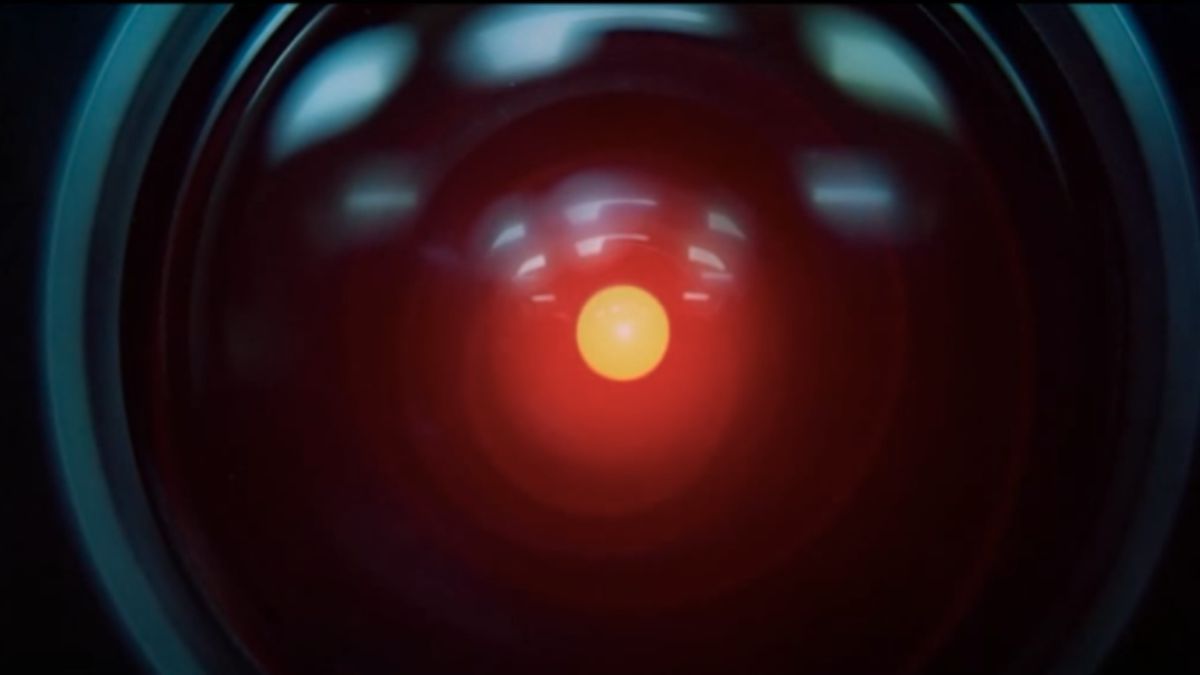
Computers are getting smarter, but first they’re stuck in some sort of uncanny valley of intelligence, reassembling normal, everyday objects into increasingly creepy combinations. First came the revelations of Google’s DeepDream technology, which, in learning to “see” objects, “saw” creepy multi-eyed organisms all over the place, turning the world into a half-sentient dog-like mess.
Now, researchers in Toronto have used a technology called “neural karaoke” to teach a computer to write a song after looking at a photo, and the little carol it penned after viewing a festive Christmas tree is an absolutely horrifying display of what these things think of us.
Continue reading “This AI’s attempt to write a Christmas carol is absolutely bone-chilling” »
Dec 9, 2016
Warehouses promised lots of jobs, but robot workforce slows hiring
Posted by Scott Davis in categories: employment, robotics/AI
Big corporations prefer robots to human employees.
It’s a sign of things to come.
In the last five years, online shopping has produced tens of thousands of new warehouse jobs in California, many of them in Riverside and San Bernardino counties. The bulk of them paid blue collar people decent wages to do menial tasks – putting things in boxes and sending them out to the world.
Continue reading “Warehouses promised lots of jobs, but robot workforce slows hiring” »
Dec 9, 2016
Tesla Gigafactory Launch
Posted by Shailesh Prasad in categories: energy, sustainability
Dec 9, 2016
Houston, we have power: Space-based solar power could be the final frontier in renewable energy
Posted by Klaus Baldauf in categories: health, solar power, space travel, sustainability
Yes, renewable energy technologies exist. But solar power, the one with arguably the most promise for significant, scalable deployment, is intermittent. Although the sun provides more energy in one hour than humans consume in a year, we can only tap into this power when the sun is shining. At least, that’s been the predominant school of thought.
But since the 1960s, a group of researchers from NASA and the Pentagon have been thinking outside the box — or in this case, outside the atmosphere. Solar power captured in outer space would not be limited by nighttime hours or cloud cover. And — unlike 23 percent of current incoming solar energy — it wouldn’t be absorbed by water vapor, dust and ozone before reaching us. Finally, because space solar is constant, it wouldn’t need to be stored, which can lead to energy losses of up to 50 percent. In other words, taking our solar panels from the ground to the cosmos could be a great deal more efficient. It may also be key to humanity’s survival.
“In countries right now where they’re trying to deal with poverty, water scarcity, poor health, lack of education and political instability — these are all things you need energy in order to fight,” Paul Jaffe, PhD, spacecraft engineer at the U.S. Naval Research Laboratory, said in a recent TakeApart story. Or, as John C. Mankins, founder of Mankins Space Technology and author of “The Case for Space Based Solar,” told Salon, “In the long run, renewable large-scale energy sources such as space solar power are essential to sustaining industrial civilization, and the long and increasingly high quality of lives that we enjoy.”
Pesquisadores liderados por ETH Professor Martin Fussenegger no Departamento de Ciência e Engenharia Biosystems (D-BSSE) em Basel ter produzido células beta artificiais utilizando uma abordagem de engenharia simples.
As células artificiais beta pode fazer tudo o que as naturais fazem: eles medem a concentração de glicose no sangue e produz insulina suficiente para reduzir eficazmente o nível de açúcar no sangue. Os pesquisadores ETH apresentou o seu desenvolvimento na última edição da revista Ciência.
Dec 9, 2016
An anti-CRISPR for gene editing
Posted by Bruno Henrique de Souza in categories: bioengineering, biotech/medical, genetics
Researchers have discovered a way to program cells to inhibit CRISPR-Cas9 activity. “Anti-CRISPR” proteins had previously been isolated from viruses that infect bacteria, but now University of Toronto and University of Massachusetts Medical School scientists report three families of proteins that turn off CRISPR systems specifically used for gene editing. The work, which appears December 15 in Cell, offers a new strategy to prevent CRISPR-Cas9 technology from making unwanted changes.
“Making CRISPR controllable allows you to have more layers of control on the system and to turn it on or off under certain conditions, such as where it works within a cell or at what point in time,” says lead author Alan Davidson, a phage biologist and bacteriologist at the University of Toronto. “The three anti-CRISPR proteins we’ve isolated seem to bind to different parts of the Cas9, and there are surely more out there.”
CRISPR inhibitors are a natural byproduct of the evolutionary arms race between viruses and bacteria. Bacteria use CRISPR-Cas complexes to target and cut up genetic material from invading viruses. In response, viruses have developed proteins that, upon infection, can quickly bind to a host bacterium’s CRISPR-Cas systems, thus nullifying their effects.
